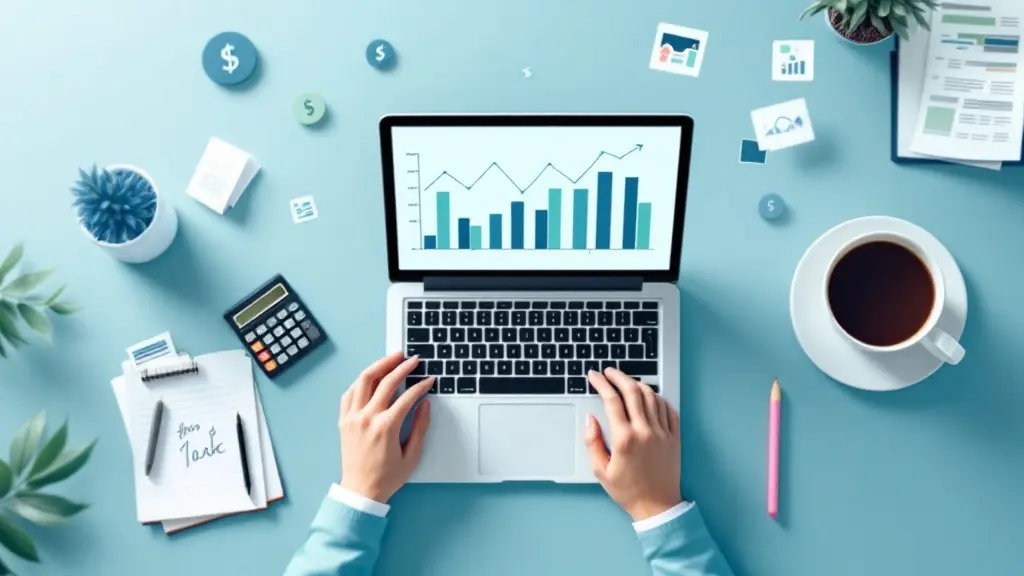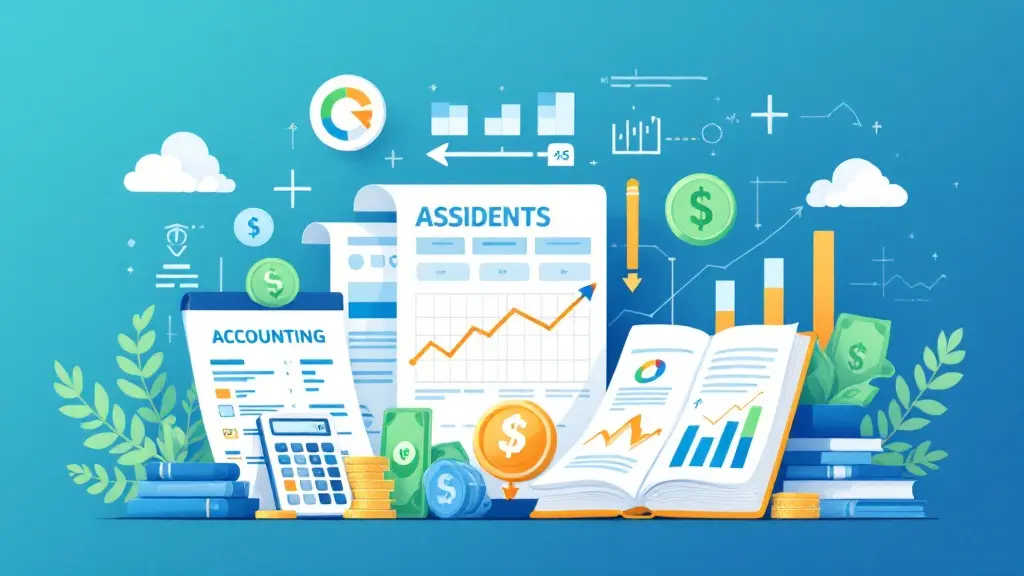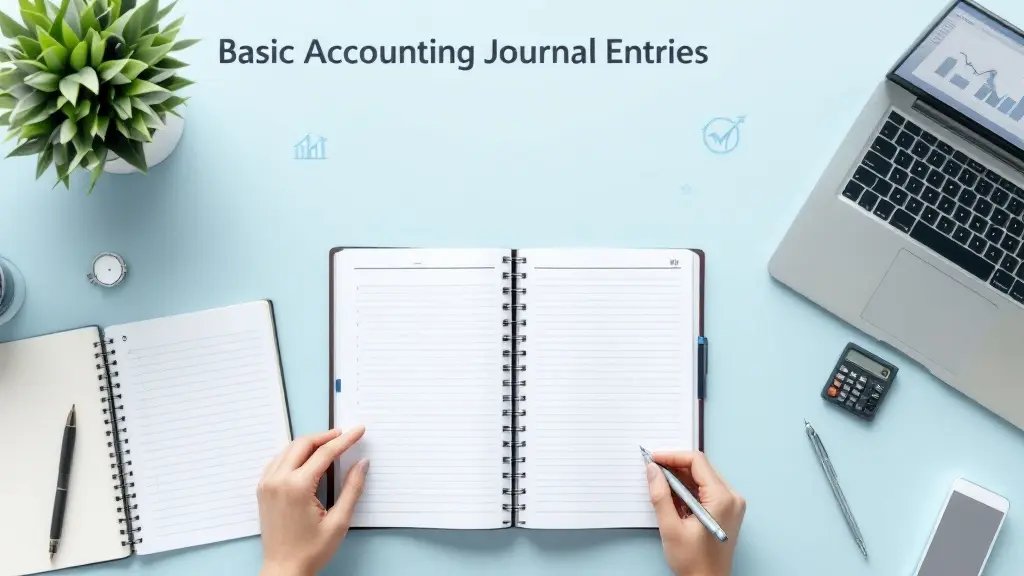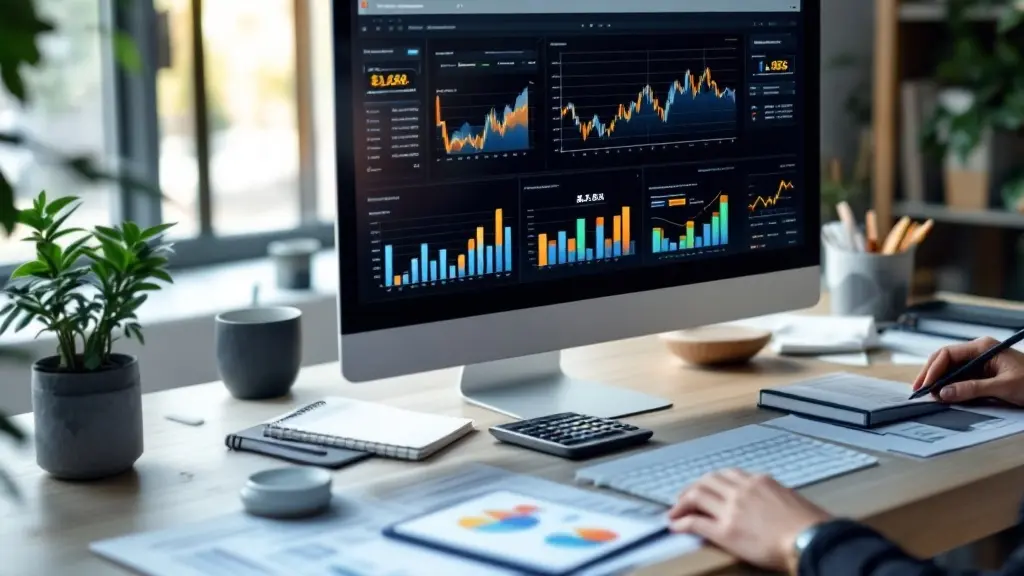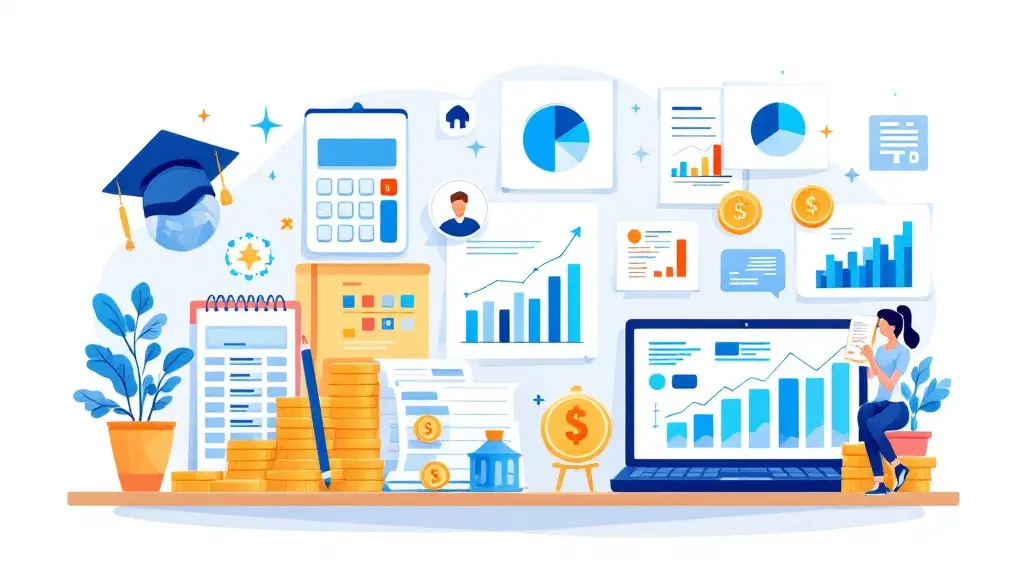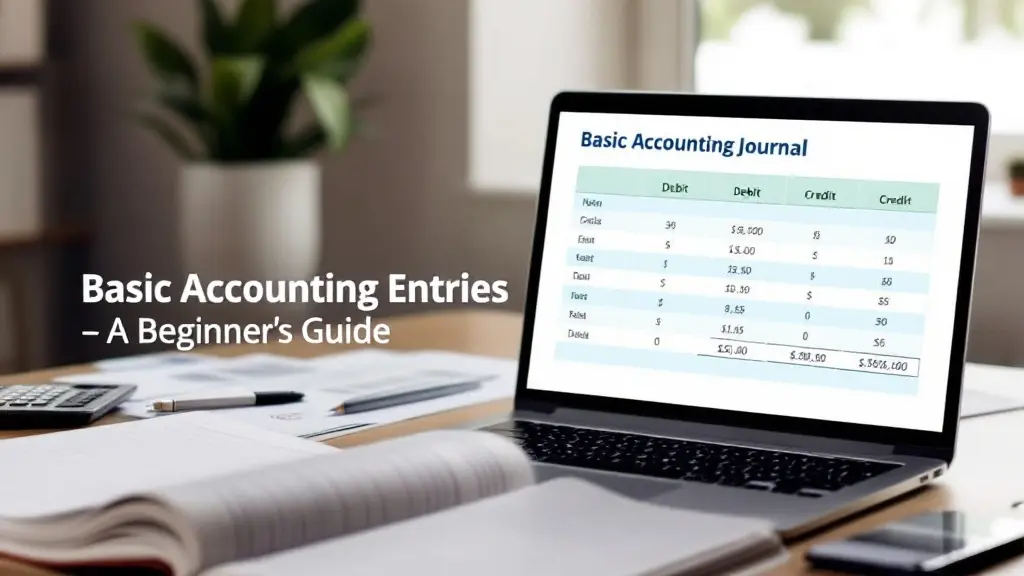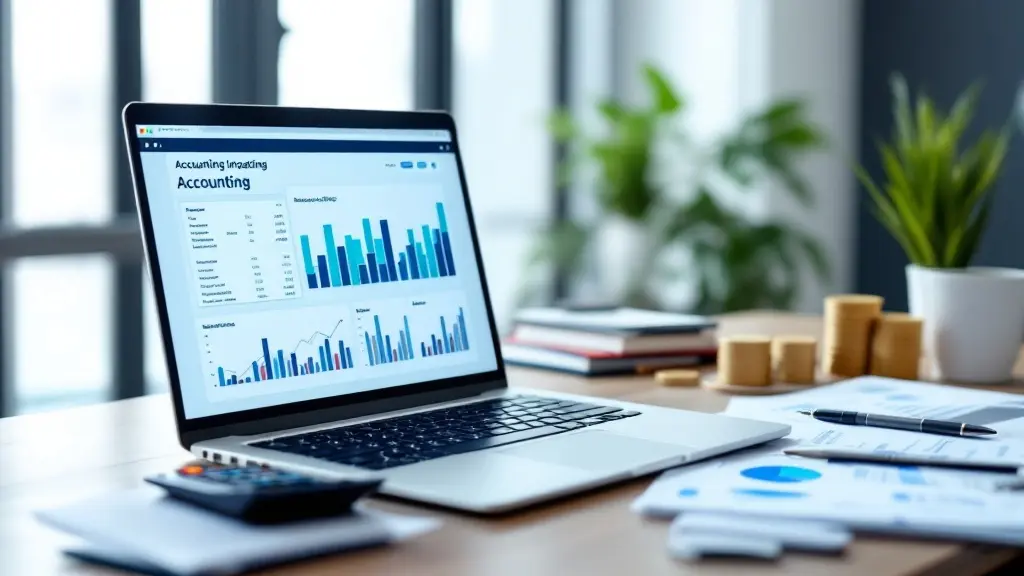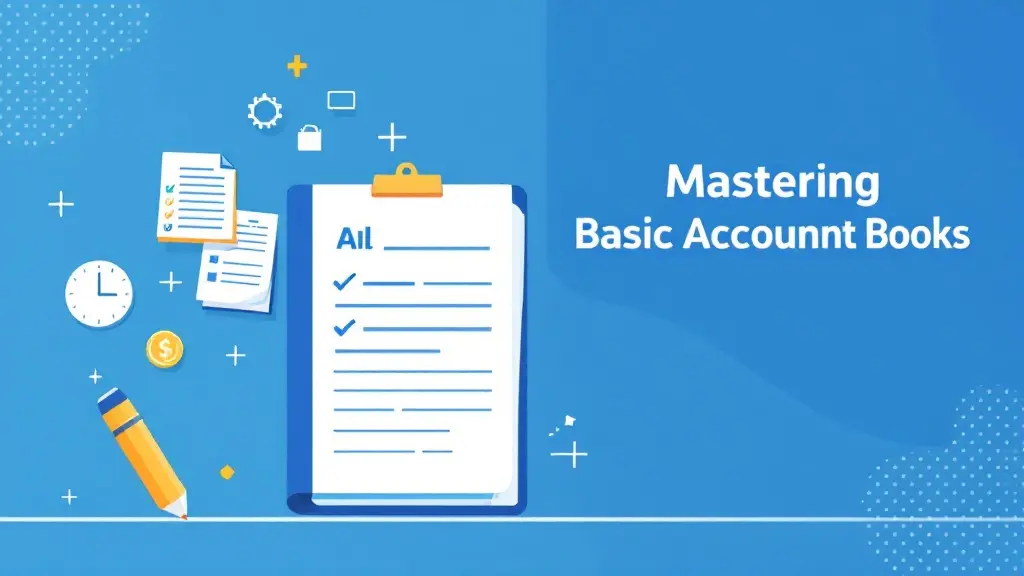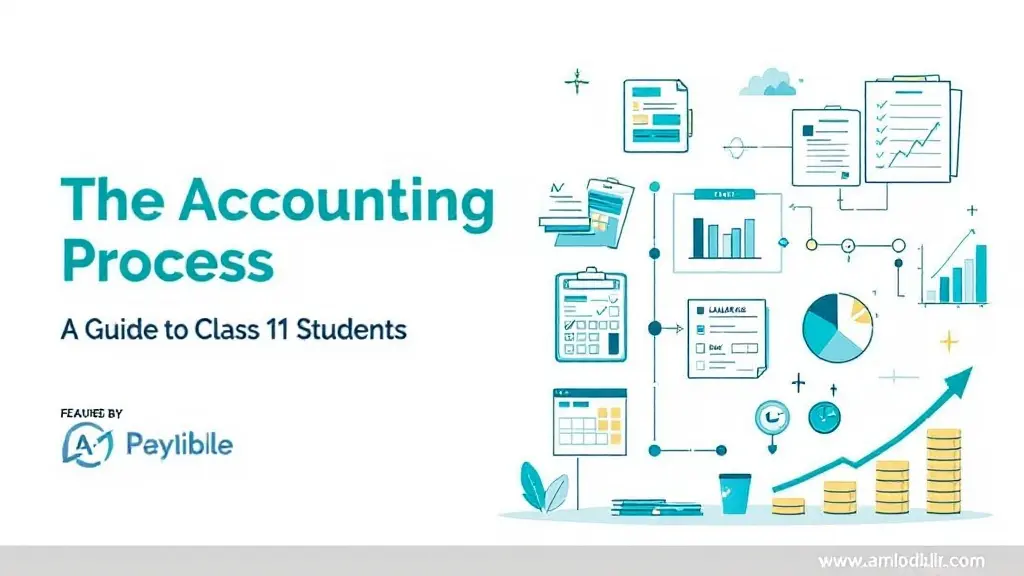Balance Sheet of an Individual: What It Is, Why It Matters, and How to Create One
Table of Contents
Most Read
Introduction: Why You Need a Personal Balance Sheet
[fusion_dropcap class="fusion-content-tb-dropcap"]W[/fusion_dropcap]hen we hear the term balance sheet, most of us think of big corporations, accountants, and complex financial statements. But what if I told you that having your own personal balance sheet is one of the smartest things you can do for your financial future?
Whether you’re just starting your career, planning a big purchase, or preparing for retirement, knowing exactly where you stand financially gives you a serious advantage. In this post, we’ll break down what a balance sheet for an individual is, why it matters, and how you can create one easily—without needing a degree in finance.
What Is a Personal Balance Sheet?
In simple terms, a personal balance sheet is a snapshot of your financial position at a specific point in time. It lists:
- Assets (everything you own)
- Liabilities (everything you owe)
- Net worth (what’s left after subtracting liabilities from assets)
Think of it as a financial mirror—it reflects your money situation clearly and helps you track progress over time.
Why Is a Personal Balance Sheet Important?
Creating a personal balance sheet isn’t just an accounting exercise—it’s a tool that empowers you. Here’s how:
1. Know Your Net Worth
Your net worth is a key indicator of financial health. Are you growing it year by year? Or are your debts outpacing your savings?
2. Set Financial Goals
Whether it’s buying a home, paying off debt, or building an emergency fund, a balance sheet helps you see how realistic your goals are.
3. Improve Money Management
When you see where your money is tied up, you can make better decisions—like investing wisely, cutting unnecessary expenses, or increasing your savings.
4. Prepare for Major Life Events
From applying for a loan to estate planning, having your financial details in one place saves time and stress.
Components of an Individual’s Balance Sheet
Let’s break it down into manageable parts.
A. Assets: What You Own
Your assets are all the things that have monetary value. Common examples include:
- Cash & Savings
- Checking accounts
- Savings accounts
- Fixed deposits
- Investments
- Stocks and mutual funds
- Retirement accounts (like EPF/PPF)
- Bonds
- Real Estate
- Market value of your home or land
- Personal Property
- Car (current market value)
- Jewelry
- Electronics or valuable collectibles
- Other Receivables
- Money others owe you
- Refunds or claims pending
💡 Tip: Use current market value for accuracy.
B. Liabilities: What You Owe
Your liabilities are your financial obligations. This includes:
- Loans
- Home loan
- Car loan
- Personal loans
- Credit Card Balances
- Outstanding amounts
- EMIs and Buy-Now-Pay-Later Plans
- Taxes Payable
💡 Always include the outstanding (remaining) balance—not the original amount.
C. Net Worth: The Bottom Line
Now, subtract total liabilities from total assets:
Net Worth = Total Assets – Total Liabilities
A positive net worth means you own more than you owe—great! A negative one? No worries—it simply means it’s time to strategize and improve.
How to Create Your Personal Balance Sheet (Step-by-Step)
Here’s how you can build your own balance sheet—no fancy software needed!
Step 1: List Your Assets
Use a spreadsheet, notebook, or budgeting app to list everything you own, along with its current value.
Step 2: List Your Liabilities
Note down all the money you owe, along with the current outstanding balances.
Step 3: Calculate Totals
Add up the values of all assets and liabilities separately.
Step 4: Compute Net Worth
Subtract liabilities from assets to find your net worth.
Sample Personal Balance Sheet Format
Here’s a simple format you can follow:
| Assets | Amount (₹) |
|---|---|
| Savings Account | ₹50,000 |
| Fixed Deposit | ₹1,00,000 |
| Stocks & Mutual Funds | ₹1,50,000 |
| Car (Market Value) | ₹2,00,000 |
| Gold | ₹1,20,000 |
| Total Assets | ₹6,20,000 |
| Liabilities | Amount (₹) |
|---|---|
| Home Loan Outstanding | ₹3,00,000 |
| Credit Card Balance | ₹30,000 |
| Car Loan | ₹70,000 |
| Total Liabilities | ₹4,00,000 |
Net Worth = ₹6,20,000 – ₹4,00,000 = ₹2,20,000
How Often Should You Update Your Balance Sheet?
For most individuals, updating it quarterly or twice a year is ideal. However, if you’re working toward specific goals (like saving for a home or repaying debt), a monthly update can be helpful.
Tools You Can Use
Want to keep it digital? These tools can simplify things:
- Microsoft Excel or Google Sheets – Flexible and free
- Money Manager Apps (like Walnut, Moneyfy, or Cube Wealth)
- Budgeting Software (like YNAB or Mint – international but insightful)
🔍 Make sure your tool allows you to track asset value changes and debts over time.
Common Mistakes to Avoid
- Overestimating asset values
- Be realistic and conservative.
- Ignoring small debts
- Even ₹500 credit card interest adds up.
- Forgetting about joint assets or loans
- Include your share of jointly owned properties or liabilities.
- Skipping regular updates
- Outdated information can mislead your financial planning.
How to Grow Your Net Worth
Creating the balance sheet is just the beginning. Here’s how you can actively grow your net worth:
- Save before you spend
- Invest wisely in long-term instruments
- Avoid high-interest debt
- Increase income sources (side hustle, upskilling)
- Review & refine your goals regularly
Conclusion: A Small Step Toward Big Financial Clarity
Understanding your personal balance sheet is like turning the lights on in a dark room—it helps you see clearly, avoid financial pitfalls, and move confidently toward your goals.
If you’re serious about managing your money, this simple yet powerful tool should be part of your routine. So go ahead—build your personal balance sheet today. You’ll thank yourself tomorrow.
